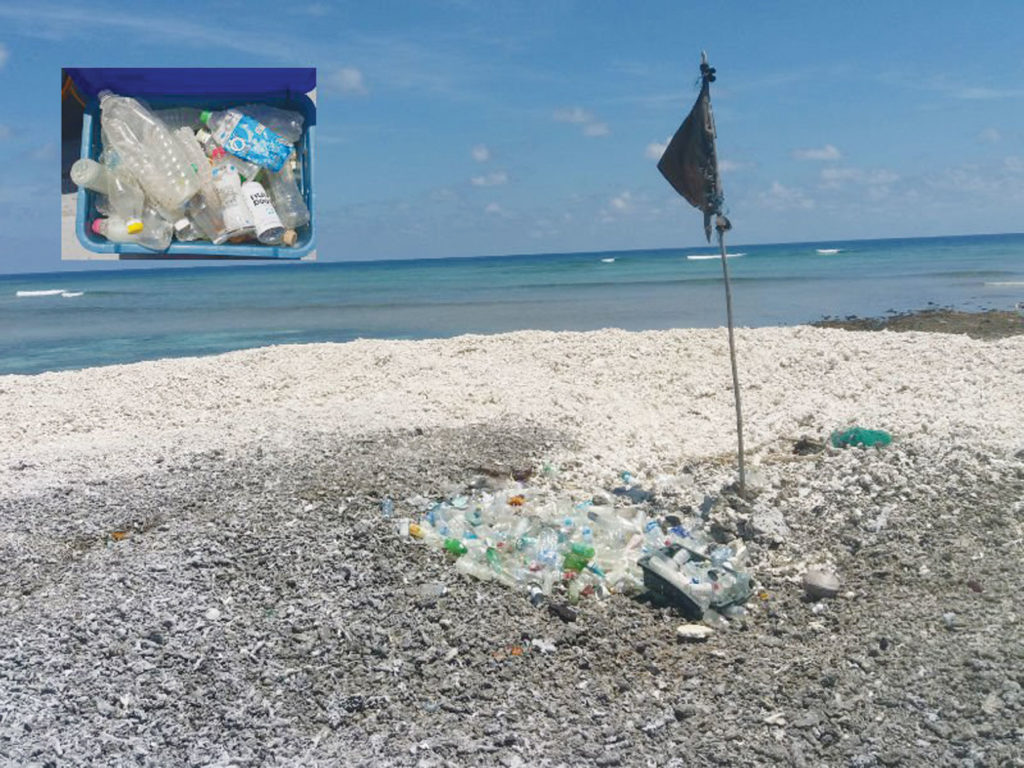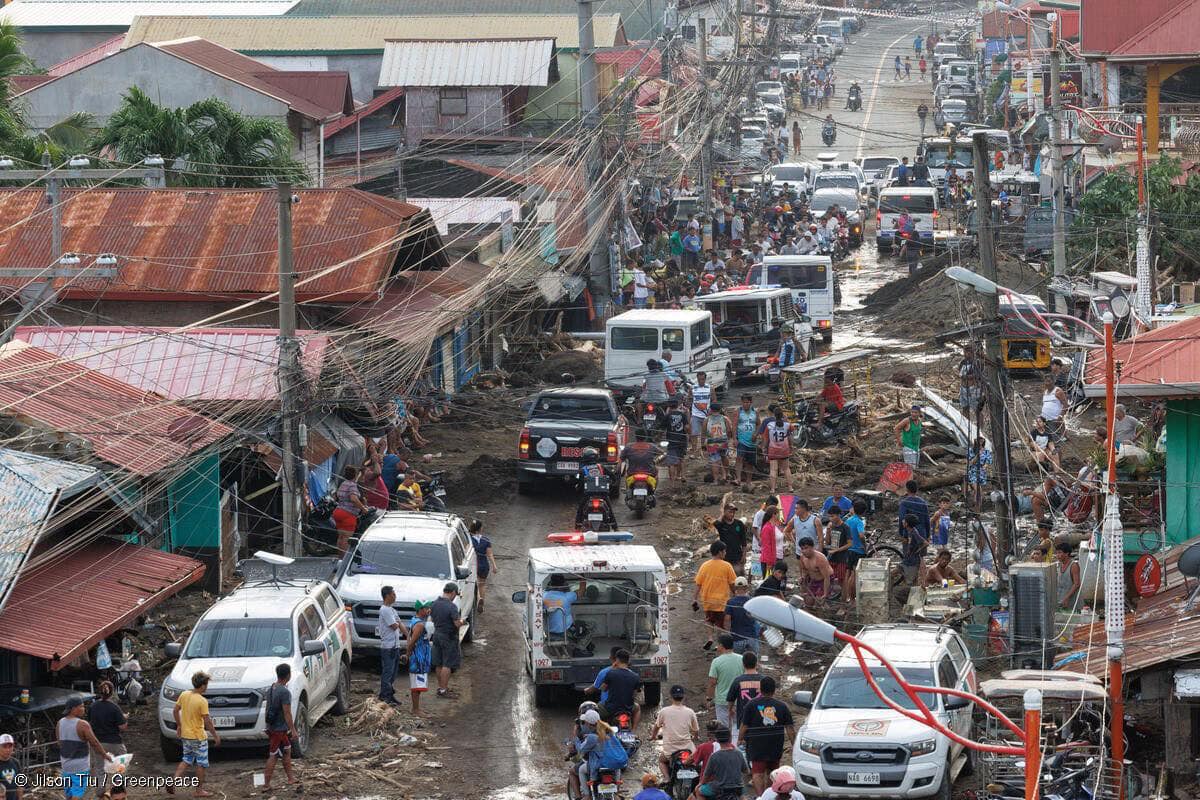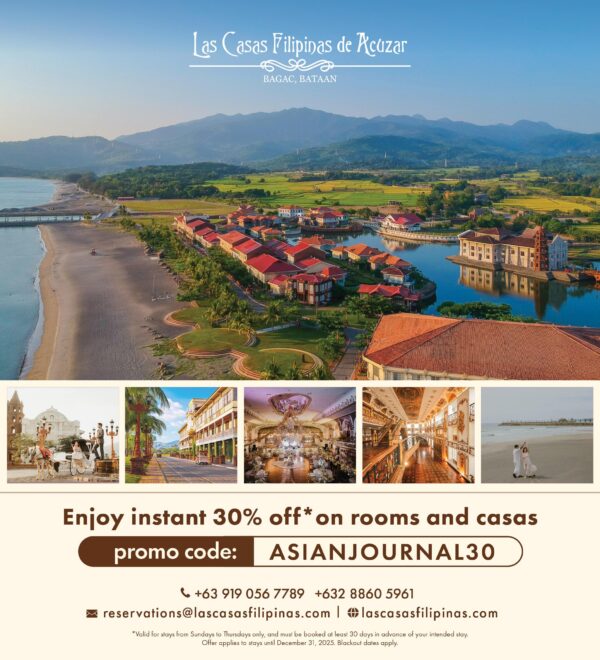
Marine scientists explain how our activities are the biggest threat to ecosystems
THE sight of plastic waste and other floating garbage greeted a team of young marine scientists when they sailed the Kalayaan Island Group in the West Philippine Sea (WPS) to study its biodiversity.
Led by the University of the Philippines’ Marine Science Institute (UP MSI), the 74-member “Protect WPS” expedition, or Predicting Responses between Ocean Transport and Ecological Connectivity of Threatened ecosystems in WPS, left Manila on April 22 with the aim of looking at the “connectivity” of the ecosystems in the WPS and its impact on Luzon and Palawan province.
Plastic bottles, cigarette packs, discarded fishing equipment, rubber slippers and even fluorescent lamps were among the pollutants that the researchers saw floating in the waters. The labels from the bottles revealed that they had come from the Philippines, Vietnam and China.
“Those are things that you wouldn’t expect to be there,” Deo Florence Onda, the team’s chief scientist, said. “We have such a rich biodiversity in the area, but you also have this problem, this threat that accumulates over time,” he added.
Aside from the open sea, the man-made wastes were also found on several sandbars in nearby reefs. They had amassed into a mound of garbage in the middle of a sandbar on Kota (Loaita) Island.
“For a place [as far away] as that, we wouldn’t expect anything like this,” said Kevin Labrador, a graduate student who volunteered to join the expedition.
Based on the researchers’ calculations, it would take over a day for a boat from the nearest city to reach the islet. The information about the distance and travel time gave them an idea of how much and how far the man-made wastes are covering parts of the country’s exclusive economic zone (EEZ).
“We were really taken aback,” Labrador added.
The team collected at least five crates of trash from the area for research and concluded that the garbage had been on the water for a long time based on the dried biofilms that surrounded them.
Onda added that the garbage is not only a danger to marine mammals like whales and dolphins, but to ecosystems as well since it could carry pathogenic invasive species that could affect the local biodiversity of where they might settle.
“It really indicates that the problem is transboundary,” he said. “Even if it’s already far away, our activities still impact these ecosystems,” Onda added.
Wilfred John Santiañez, an assistant professor of UP MSI who was also with the team during its two-week expedition, also noted that the reefs in the Kalayaan Island Group had suffered from other threats as well.
According to the team’s observations, the craters at certain reefs indicated cyanide fishing. There were also some pounded corals. Bleached corals near Pag-asa (Thitu) Island, meanwhile, were the result of the warming ocean waters, worsened by climate change.
Onda said continuous human activity, like China’s island-building, could have an impact on the fragile reefs and the ecosystem in the WPS.
“You cannot exclude these activities, but we still do not know at this point its direct influence and its extent,” he said.
The chief scientist expects the results of their study would have a significant contribution to the effective management of marine environment especially since the government is eyeing the Kalayaan Island Group as the next marine protected area.
“It would be difficult to protect and craft policy and management plans if we don’t know what is in there and what we are protecting and managing,” Onda said.






